SSI Category b
Like category A S.S.I., category B SSI is also equipped with a fire safety central control unit (CMSI), but does not have a fire detection system (SDI). It optimizes evacuation management in high-risk establishments without sleeping quarters. It can perform time-delayed emergency functions, and can manage several alarm zones.
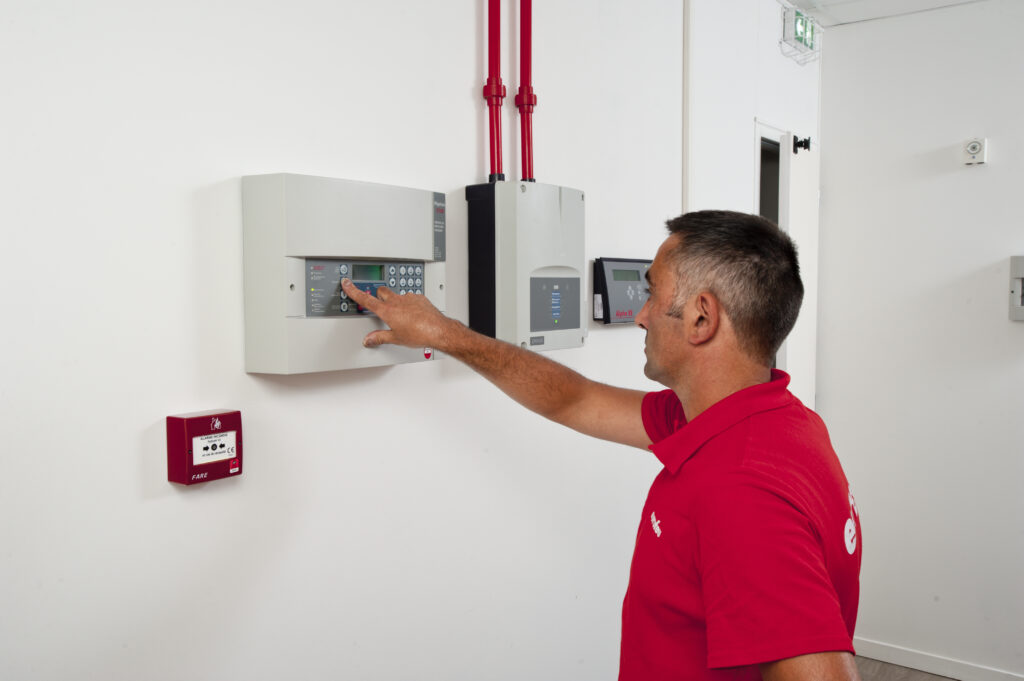
You need personalized support
Our teams are at your disposal to answer any questions you may have.
or
How are SSIs classified?
Fire safety systems ensure the safety of occupants in public buildings, high-rise buildings, industrial buildings and workplaces.
There are several I.S.S. categories, in decreasing order of risk severity: A, B, C, D and E (according to NF S61-931). Each category implies a different level of I.S.S. complexity, i.e. a specific fire detection and alarm system. ERP are also classified into categories, ranging from 1 to 5, depending on the type of establishment and the number of people allowed inside.
According to the NF S61-936 standard, alarm equipment is divided into 5 types: type 1, 2a, 2b, 3 and type 4.
A building's fire safety is based on the match between these three factors: an ERP is categorized and assigned a risk level (and therefore an I.S.S. category), on the basis of which appropriate alarm equipment is installed.
What's the difference between a category A and B SSI?
Category A is the most demanding, designed for establishments presenting the highest risk. It includes a Fire Detection System (FDS) and several control and signaling devices. It is systematically configured with type 1 alarm equipment.
Category B differs from category A in that the evacuation function is not linked to an SDI, but rather to a manual release. Type 2a alarm equipment is used here, to optimize evacuation management through and management of several alarm zones, with time delay if required.
Between category B and C, the main difference lies in evacuation management (only one in category C) and the possibility of carrying out safety measures (compartmentalization, smoke extraction).
Type 2a alarm equipment
Fire Safety Control System (CMSI)
centralizes information, locates alerts and selects areas for evacuation.
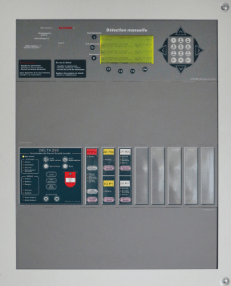
Manual triggers
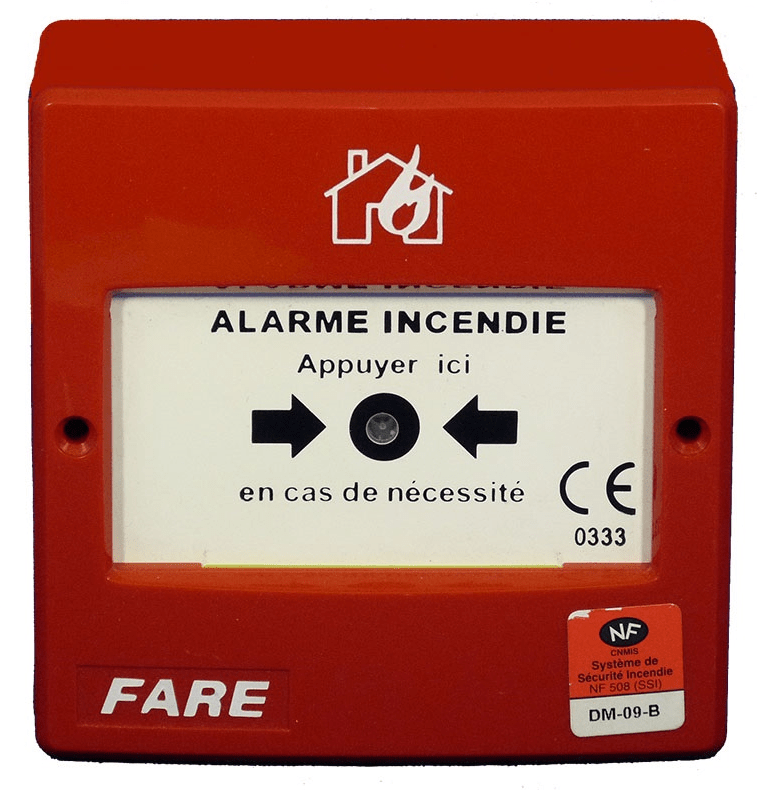
Sound diffusion
It may also include :
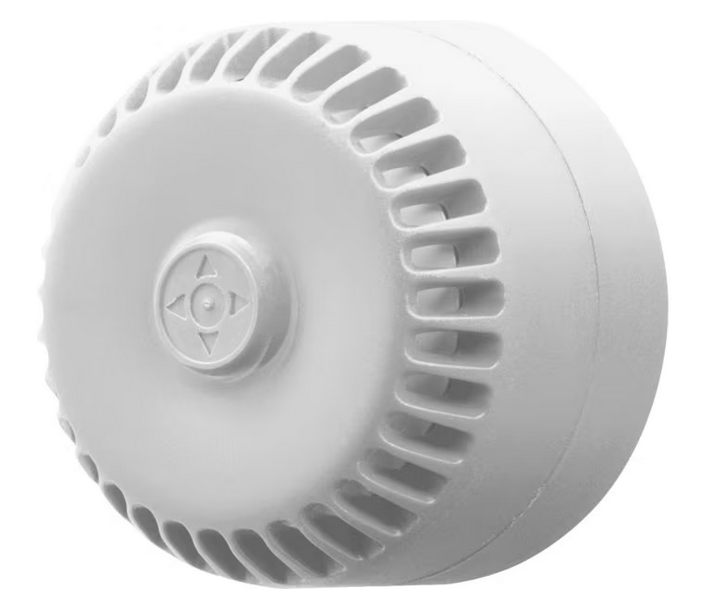

Actuated Safety Devices (ASD),
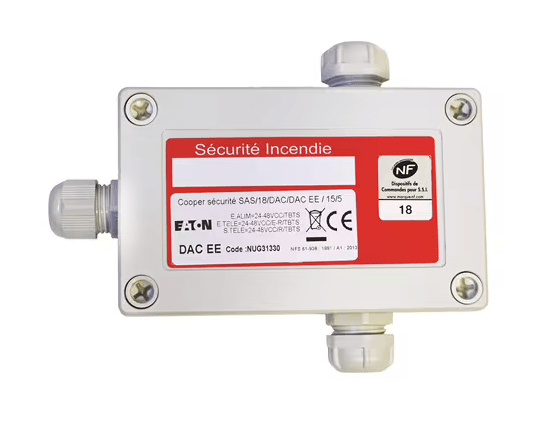
Control Adapters (DAC)
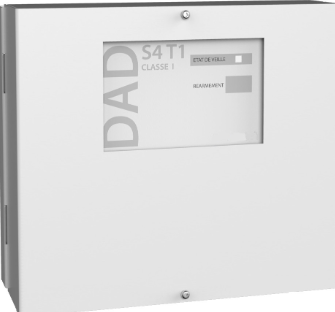
Autonomous trigger detectors (DAD) (autonomous system separate from CMSI).
Where to install a category B SSI?
stations
accessible to the public
Over 700 people
games and
dance halls
Over 700 to 1500 people
and shopping centers
Over 1,500 people
Over 700 to 1500 people


